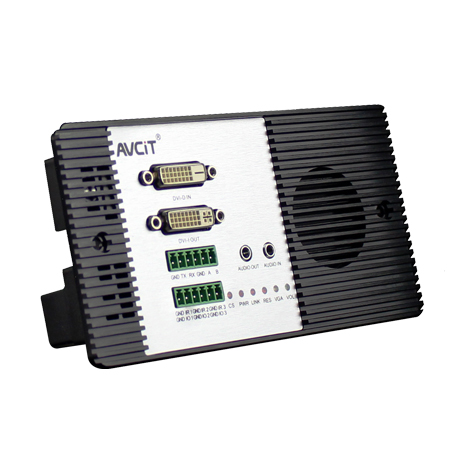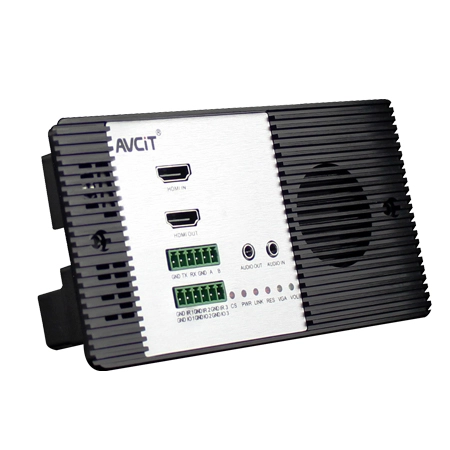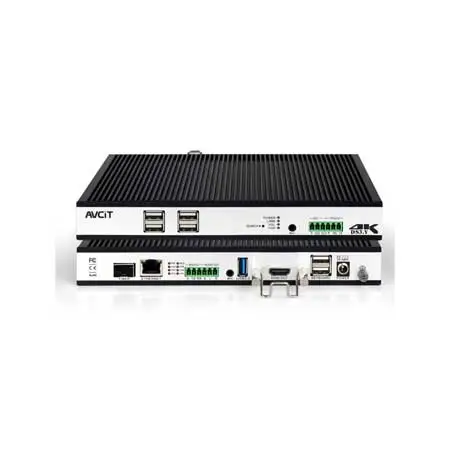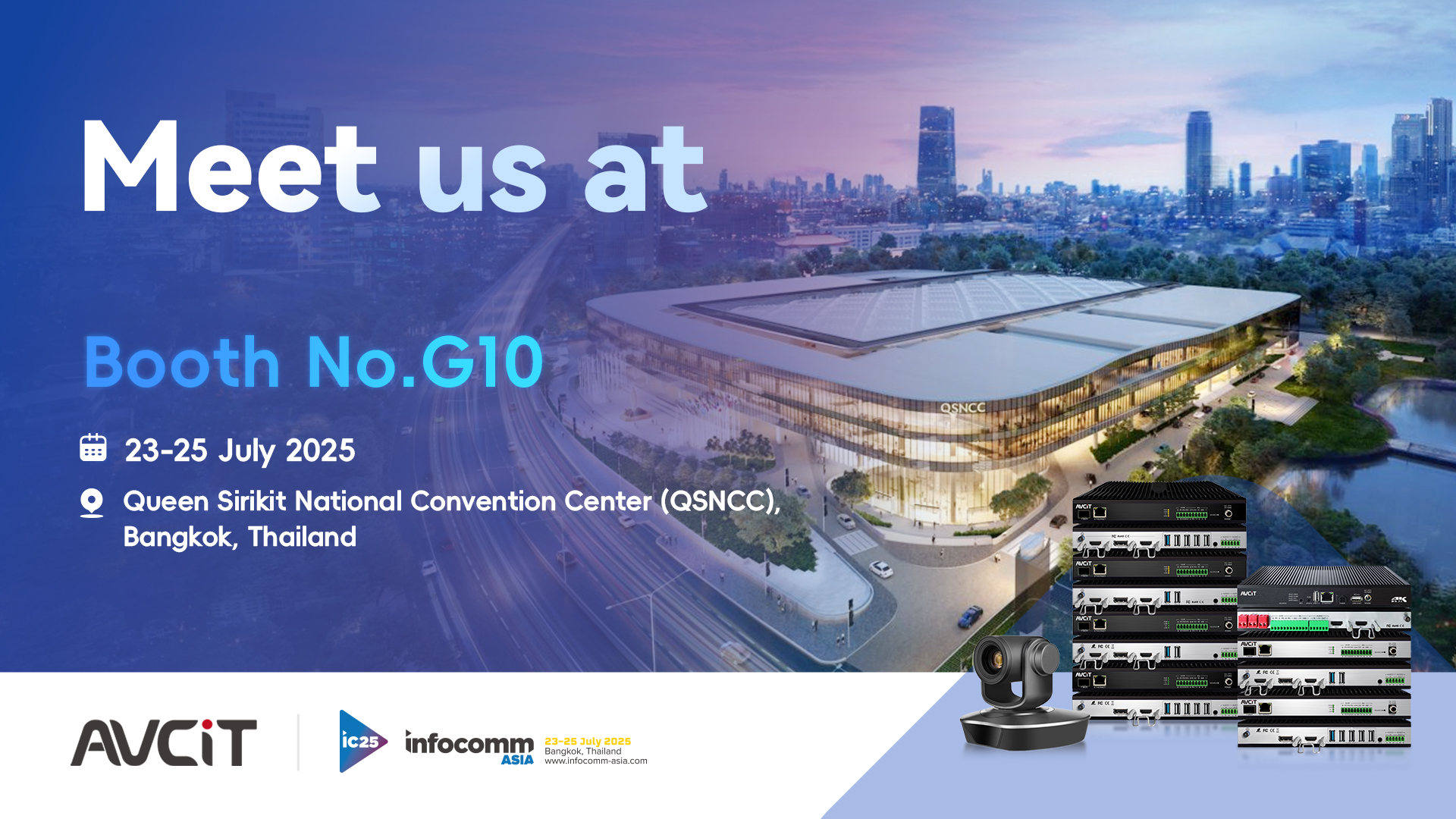FAQs
Traditional Matrix Switchers is modular with input and output cards, while AVCIT video wall controller over IP is pure Network infrastructure solutions, easy to configure and connect by CAT. Encoder Connect to the Input source while Decoder connect to the Video walls.
No. AVCIT ip video wall controller is a Decentralized solution without requiring any Centralized PC for management. It is connected by Encoder and Decoder, required only one GB Lan switches.
It only requires 4-20Mbps, AVCIT encoder, and decoder is H.265/264 coding tech and owns patented ASE encoding tech, and has 2K and 4K solutions.
Each AVCIT coder can open up to 16 windows on your video wall, and no quantity limitation for sources.
Considering that some cables are easy wear and off over time, AVCiT designed a metal clip for each coder for fastening cables with ports, which is also our patent on the market.
In general, the encoder/decoder node are classified as follows:
1. Classify by KVM feature:
DSIII node: encoder/decoder is a built-in KVM feature, for source with keyboard & mouse transmission and control requirement;
DSII node: encoder/decoder is without KVM feature, only for regular HDMI/DVI/VGA video encoding or as receiver for video wall or TV.
2. Classify by resolution: both DSIII and DSII have 2K and 4K series encoder/decoder.
3. Interface Port: there are optional video ports for each type of encoder/decoder, including HDMI, DVI-D, DVI-I (available for VGA signal), SDI and DP (4K encoder only).
There are different options to work with CCTV Cameras,
Option 1: Connect IP Cameras with KVM Node's system network switch by UTP directly (as in the schematic you sent). IP Camera should support H.264, H.265 protocol with RTSP streaming; It's OK for projects with small quantity cameras;
Option 2: Capture the camera's video content via NVR's physical HDMI/DVI port, by connecting our Encoder Node with it. If so, just consider NVR as a regular video source device;
Option 3: Capture the camera list and stream via their VMS platform. It's required customized development to work with platform by their SDK, which takes time to develop and additional cost;
Every encoder or decoder node is built-in 1 AUDIO IN port and 1 AUDIO OUT port by Phoenix interface, and decoders equip with a 1*3.5mm audio output port, any kind of amplifier and speakers can be connected by a 3.5mm audio port or phoenix port to switch audio output from any audio sources of encoders.
AVCIT Environment Control is Optional IP-based controller to work with the DS system. When RS232/485/IO/IR control requires, We can add the E-CP4C controller into DS. system.

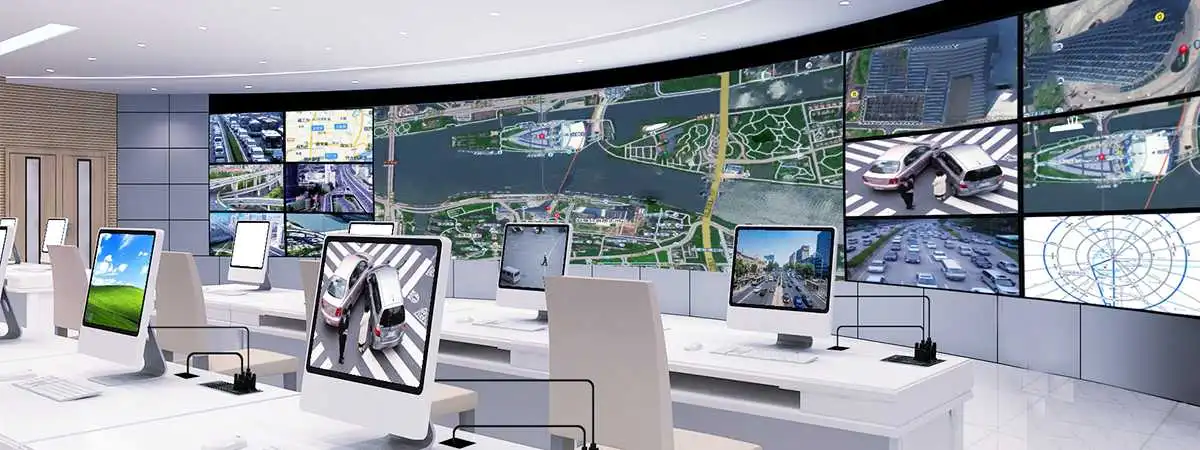
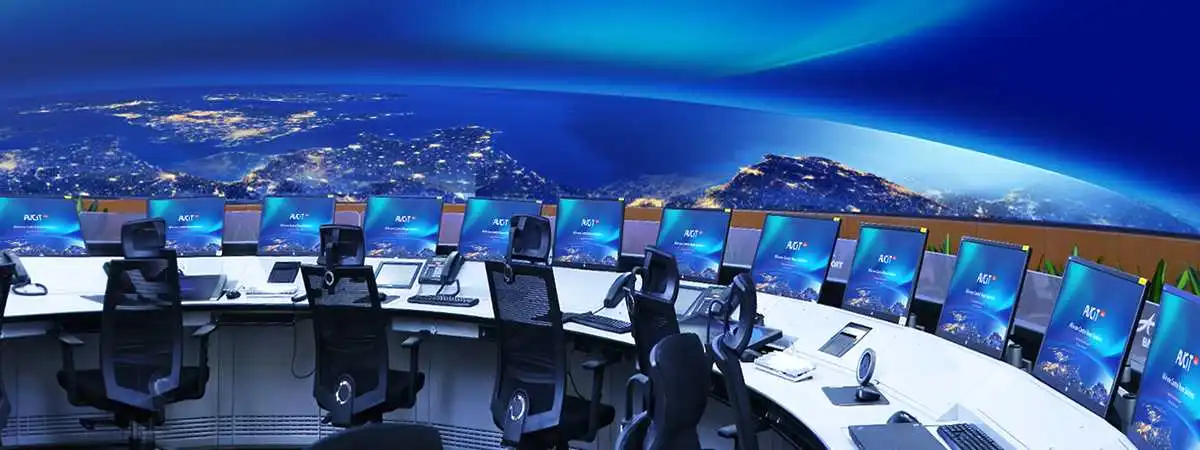
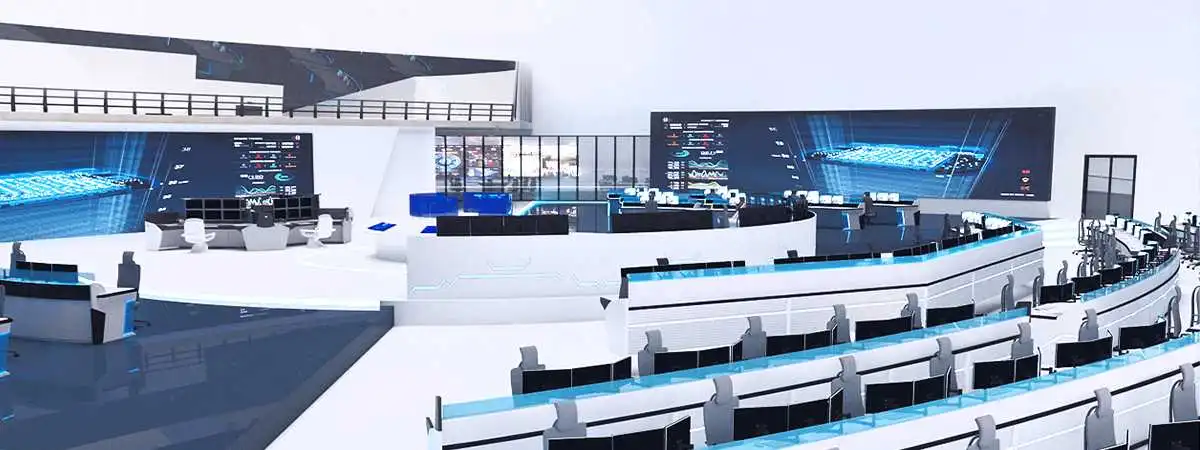
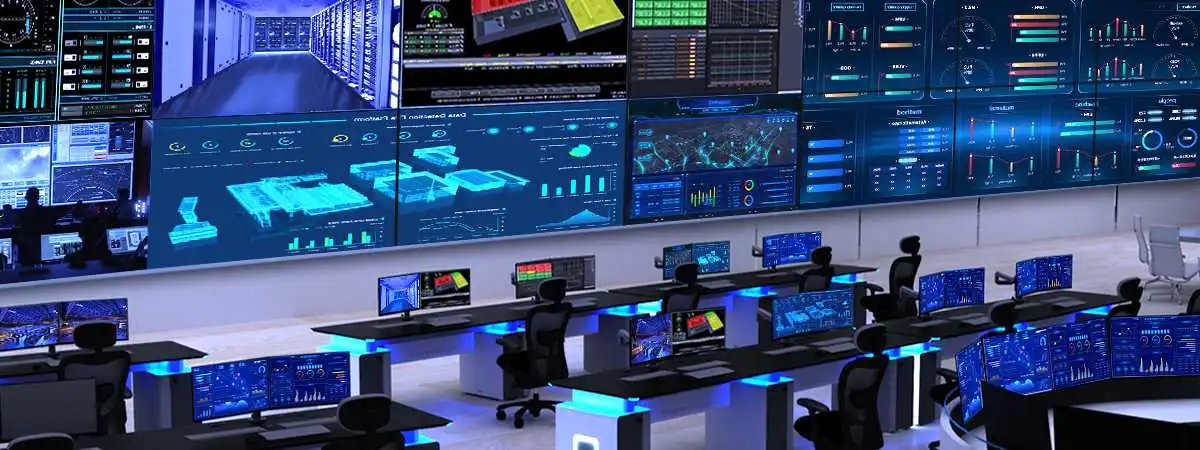
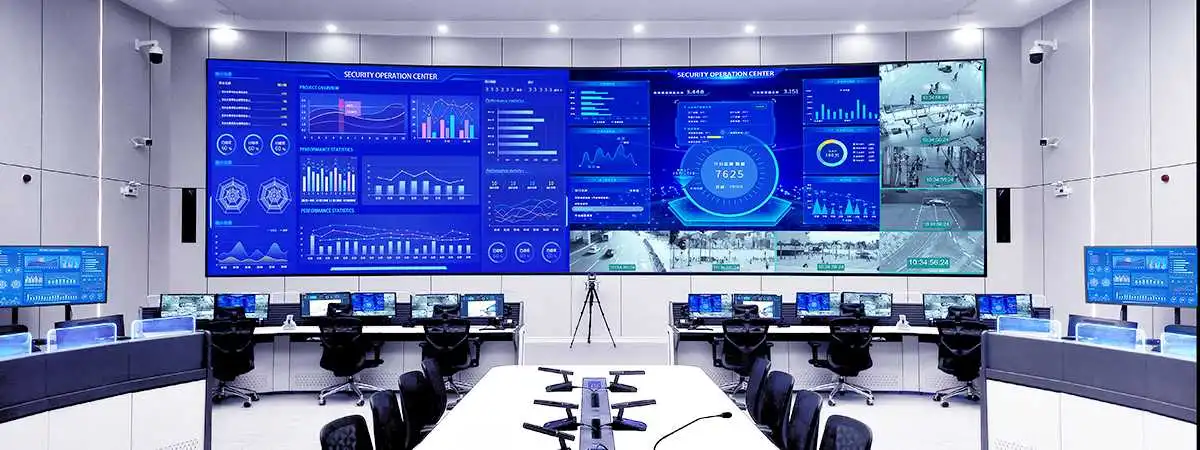
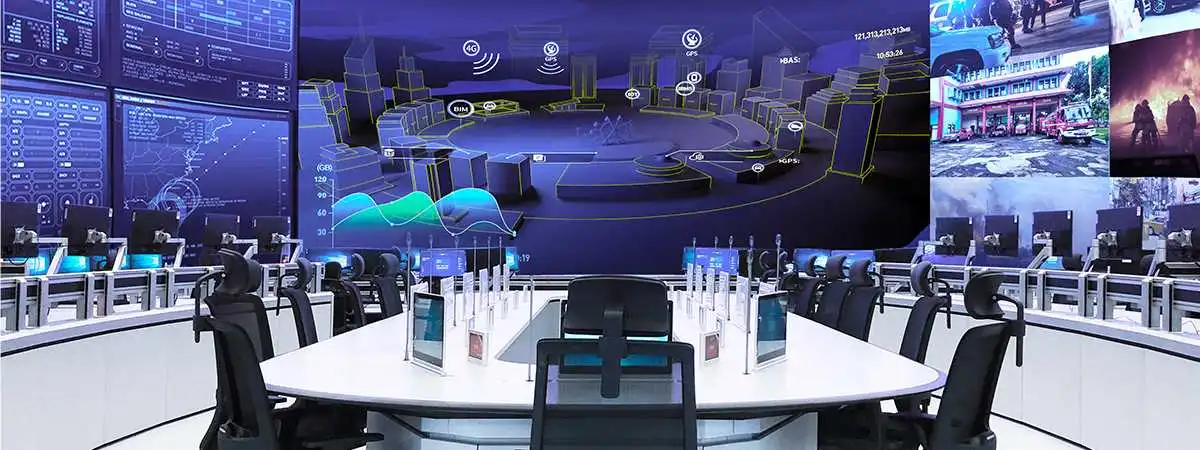
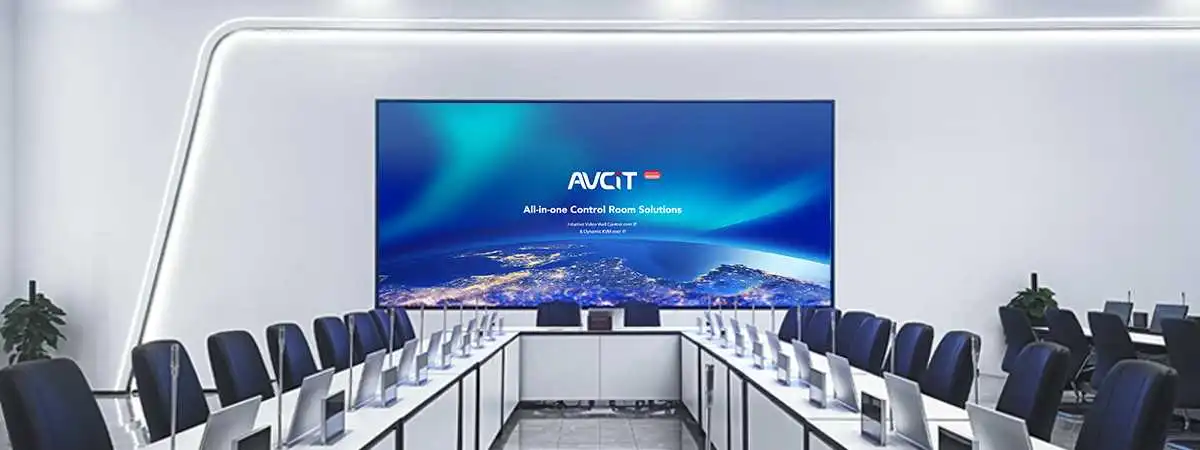
 EN
EN
 th
th  ru
ru  es
es 